Home>Storage & Organization>Kitchen Organizing Tools>How To Keep Cat Pee From Sticking To A Litter Box
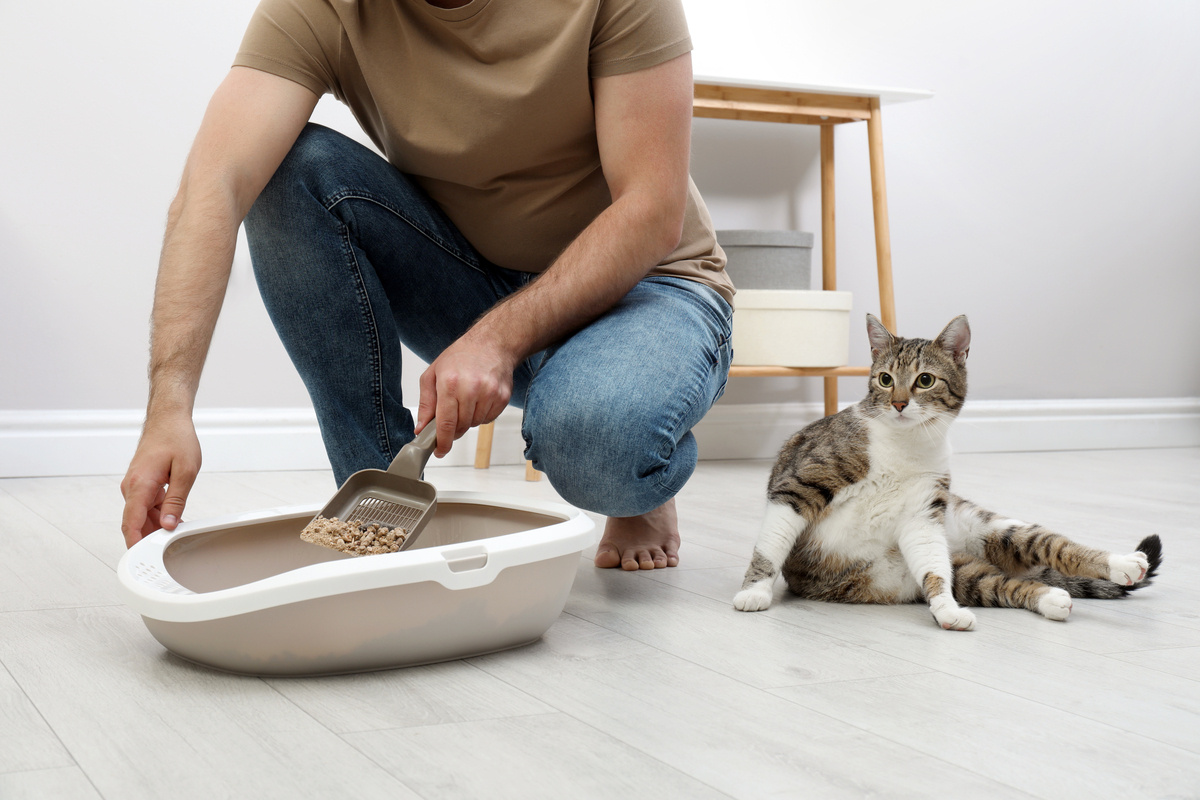

Kitchen Organizing Tools
How To Keep Cat Pee From Sticking To A Litter Box
Modified: March 2, 2024
Discover effective kitchen organizing tools to prevent cat pee from sticking to your litter box. Keep your kitchen clean and odor-free with these essential products.
(Many of the links in this article redirect to a specific reviewed product. Your purchase of these products through affiliate links helps to generate commission for Storables.com, at no extra cost. Learn more)
Introduction
Dealing with the issue of cat pee sticking to a litter box can be a frustrating and unpleasant experience for any cat owner. The lingering odor and the challenge of keeping the litter box clean can create a less than ideal environment for both you and your feline companion. However, with the right approach and tools, it's possible to effectively manage this issue and maintain a fresh and hygienic litter box.
In this comprehensive guide, we will explore various strategies and techniques to address the problem of cat pee sticking to a litter box. From understanding the root causes of the issue to selecting the appropriate litter box and implementing effective cleaning and odor control methods, we will cover everything you need to know to keep your cat's litter box clean and odor-free.
By gaining a deeper understanding of the factors contributing to this problem and learning about the best practices for maintaining a clean litter box, you can create a more comfortable and pleasant environment for both you and your beloved feline companion. Let's delve into the details and discover the most effective ways to tackle the challenge of cat pee sticking to a litter box.
Key Takeaways:
- Choose a spacious, durable litter box with smooth surfaces to prevent cat pee from sticking. Consider your cat’s preferences and your cleaning routine for a harmonious living environment.
- Use clumping litter with superior odor control and high absorbency to minimize cat pee sticking. Regular scooping, complete litter changes, and odor-neutralizing methods are essential for a fresh and hygienic litter box.
Read more: How To Train A Cat To Pee In The Litter Box
Understanding the Problem
Dealing with the issue of cat pee sticking to a litter box can be a common concern for many cat owners. When cat urine clings to the litter box, it not only creates an unpleasant odor but also poses hygiene challenges. Understanding the root causes of this problem is crucial in finding effective solutions.
One of the primary reasons for cat pee sticking to a litter box is inadequate cleaning and maintenance. When the litter box is not cleaned regularly, urine can accumulate and adhere to the surface, leading to persistent odor and unsanitary conditions. Additionally, using the wrong type of litter or an unsuitable litter box can exacerbate the issue, making it difficult to prevent cat pee from sticking.
Moreover, the composition of cat urine itself contributes to the challenge. Urine contains uric acid, which can crystallize and bond with the litter box material, making it stubborn to remove. This chemical reaction not only causes the odor to linger but also makes it challenging to eliminate the urine residue effectively.
Furthermore, the territorial nature of cats can influence their urination behavior. In multi-cat households, competition for territory and resources may lead to stress-related urination outside the litter box, increasing the likelihood of urine sticking to the box's surface.
Understanding these underlying factors is essential in addressing the problem effectively. By recognizing the impact of cleaning practices, litter choice, chemical composition, and feline behavior, cat owners can implement targeted strategies to mitigate the issue of cat pee sticking to the litter box. In the following sections, we will explore practical solutions and proactive measures to tackle this challenge and maintain a clean and odor-free litter box environment for both cats and their owners.
Choosing the Right Litter Box
Selecting the right litter box is a crucial step in addressing the issue of cat pee sticking. The market offers a wide array of litter box options, each designed with specific features to cater to different needs. When choosing a litter box, consider the following factors to ensure it meets both your cat's requirements and your maintenance preferences.
Size and Space
The size of the litter box is a key consideration. It should provide ample space for your cat to move comfortably while ensuring that the litter is contained within the box. Cats generally prefer larger, open litter boxes that allow them to enter and exit easily. If you have multiple cats, it's essential to provide enough litter boxes to prevent territorial issues and overcrowding.
Type of Litter Box
Litter boxes come in various designs, including open trays, covered boxes, and automatic self-cleaning options. Open litter boxes offer easy access and ventilation, while covered boxes provide privacy and help contain odors. Automatic self-cleaning litter boxes minimize manual scooping and maintenance. Consider your cat's preferences and your cleaning routine when choosing the type of litter box that best suits your needs.
Read more: How To Get A Cat To Pee In The Litter Box
Material and Durability
Opt for a litter box made from durable, non-absorbent materials that are easy to clean and resistant to urine adherence. Plastic and high-quality resin-based litter boxes are popular choices due to their durability and ease of maintenance. Additionally, select a litter box with smooth surfaces to prevent urine from sticking and facilitate thorough cleaning.
Entry and Accessibility
The entry point of the litter box should be low enough for easy access, especially for kittens, senior cats, or those with mobility issues. Some litter boxes feature a step-in design, while others have a low entry lip, catering to cats of all ages and physical abilities.
Location and Placement
Consider the placement of the litter box within your home. Choose a quiet, easily accessible location that provides privacy for your cat. Avoid placing the litter box near noisy appliances, high-traffic areas, or areas with high levels of stress, as these factors can influence your cat's urination behavior.
By carefully considering these factors and selecting a litter box that aligns with your cat's preferences and your maintenance routine, you can create an environment that encourages proper litter box usage and minimizes the likelihood of cat pee sticking. The right litter box plays a pivotal role in maintaining a clean and hygienic space for your cat, contributing to a harmonious living environment for both you and your feline companion.
Using the Right Type of Litter
Selecting the appropriate type of litter is a critical factor in preventing cat pee from sticking to the litter box and managing odor effectively. With a multitude of litter options available, understanding the characteristics of each type and considering your cat's preferences can significantly impact the cleanliness and hygiene of the litter box.
Clumping vs. Non-Clumping Litter
Clumping litter, made from bentonite or other absorbent materials, forms solid clumps upon contact with moisture, making it easier to scoop out urine and maintain cleanliness. On the other hand, non-clumping litter, typically made from materials such as clay, silica gel, or natural fibers, absorbs urine but does not form solid clumps. While both types have their advantages, clumping litter is generally favored for its ease of maintenance and superior odor control.
Odor Control and Absorbency
Opt for litter specifically designed for superior odor control and high absorbency. Litters with activated charcoal, baking soda, or natural plant-based ingredients help neutralize odors, keeping the litter box fresh for longer periods. High absorbency is crucial in preventing urine from seeping to the bottom of the litter box and sticking to its surface, reducing the need for frequent complete litter changes.
Dust and Tracking
Consider the dust and tracking properties of the litter to minimize mess and respiratory issues. Low-dust formulas are beneficial for both cats and their owners, especially those with respiratory sensitivities. Additionally, look for litter that minimizes tracking, as it reduces the spread of litter particles outside the box, maintaining cleanliness in the surrounding area.
Environmental Impact
For environmentally conscious cat owners, eco-friendly and biodegradable litters made from sustainable materials, such as recycled paper, wood pellets, or corn-based clumping agents, offer a greener alternative. These litters not only provide effective odor control and absorbency but also contribute to reducing the environmental footprint associated with traditional clay-based litters.
By carefully considering these factors and experimenting with different litter types to find the most suitable option for your cat, you can effectively minimize the likelihood of cat pee sticking to the litter box. The right type of litter not only enhances the cleanliness and odor control of the litter box but also contributes to a healthier and more comfortable environment for both you and your feline companion.
Regular Cleaning and Maintenance
Consistent and thorough cleaning is paramount in preventing cat pee from sticking to the litter box and maintaining a hygienic environment for your cat. Establishing a regular cleaning routine not only minimizes odor but also reduces the likelihood of urine residue adhering to the litter box surface. Here's a detailed breakdown of the essential steps for effective cleaning and maintenance:
Scooping and Waste Removal
Frequent scooping is the cornerstone of litter box maintenance. Remove solid waste and clumped urine at least once a day, ideally more frequently for multi-cat households. This practice not only prevents the buildup of odor but also minimizes the chances of urine sticking to the litter box. Invest in a sturdy litter scoop designed to sift through the litter efficiently, ensuring thorough waste removal.
Complete Litter Change
Regularly replace the entire litter in the box to maintain freshness and hygiene. The frequency of complete litter changes depends on factors such as the type of litter used, the number of cats, and the level of odor control. As a general guideline, completely replace the litter and clean the box with mild soap and water every 2-4 weeks. This prevents the accumulation of urine residue and ensures a clean surface for the fresh litter.
Cleaning the Litter Box
When performing a complete litter change, thoroughly clean the litter box with mild, unscented soap and warm water. Avoid using harsh chemicals or strong-scented cleaners, as these can deter cats from using the box. Rinse the box thoroughly and allow it to dry completely before adding fresh litter. Regular cleaning prevents urine from adhering to the box and maintains a welcoming environment for your cat.
Read more: Why Cat Won’t Pee In The Litter Box
Odor Control Products
Consider using odor control products, such as litter box deodorizers or enzymatic cleaners, to neutralize lingering odors and prevent urine from sticking. These products target the uric acid crystals present in cat urine, effectively eliminating the source of persistent odor and reducing the likelihood of urine adherence to the box.
Inspection and Maintenance
Regularly inspect the litter box for any signs of wear, cracks, or damage that may trap urine and lead to sticking. Replace the litter box if it shows signs of deterioration, as maintaining a smooth and intact surface is crucial in preventing urine adhesion.
By incorporating these cleaning and maintenance practices into your routine, you can effectively minimize the challenge of cat pee sticking to the litter box. Consistent upkeep not only ensures a clean and odor-free environment for your cat but also contributes to a harmonious and hygienic living space for both you and your feline companion.
Trying Different Odor Control Methods
Effectively managing and neutralizing odors associated with cat pee is essential for maintaining a fresh and hygienic litter box environment. Implementing various odor control methods can significantly reduce the persistence of urine odors and minimize the likelihood of cat pee sticking to the litter box. Here are several proven odor control strategies to consider:
High-Quality Odor-Control Litter
Investing in high-quality litter specifically formulated for superior odor control can make a substantial difference in managing urine odors. Look for litters containing activated charcoal, baking soda, or natural plant-based ingredients, as these components effectively neutralize odors at the source. Additionally, clumping litters with strong odor-trapping capabilities contribute to a cleaner and fresher litter box environment.
Read more: How To Make Your Cat Pee In The Litter Box
Baking Soda Application
Baking soda, known for its natural odor-absorbing properties, can be sprinkled at the bottom of the litter box before adding fresh litter. This simple yet effective method helps absorb and neutralize urine odors, reducing the likelihood of lingering smells and minimizing the adherence of urine to the litter box surface.
Ventilation and Airflow
Ensuring proper ventilation and airflow around the litter box area can aid in dissipating odors and preventing them from becoming concentrated. Positioning the litter box in a well-ventilated area or using a fan to promote air circulation can help reduce the intensity of urine odors, creating a more pleasant environment for both cats and their owners.
Litter Box Deodorizers
Utilizing specialized litter box deodorizers or odor-neutralizing sprays designed for cat litter can effectively combat persistent urine odors. These products work by targeting and neutralizing the odor molecules, thereby reducing the likelihood of urine sticking to the litter box and contributing to a fresher and more inviting litter box environment.
Regular Air Freshening
Incorporating regular air freshening techniques in the vicinity of the litter box area can help mask and minimize urine odors. Using natural air fresheners, such as essential oil diffusers or odor-neutralizing sprays, can create a more pleasant atmosphere while complementing the efforts to control and minimize urine odors in the litter box area.
By exploring and implementing these diverse odor control methods, cat owners can effectively manage urine odors and reduce the likelihood of cat pee sticking to the litter box. Each method offers unique benefits in neutralizing and minimizing odors, contributing to a cleaner, more hygienic, and odor-free litter box environment for both cats and their owners.
Conclusion
In conclusion, addressing the challenge of cat pee sticking to a litter box requires a multifaceted approach that encompasses understanding the underlying factors, selecting the right litter box and litter, implementing regular cleaning and maintenance practices, and exploring effective odor control methods. By integrating these strategies, cat owners can create a clean, hygienic, and odor-free environment for their feline companions while minimizing the persistence of urine sticking to the litter box.
Understanding the root causes of the problem, including inadequate cleaning, unsuitable litter box or litter, and the chemical composition of cat urine, is essential in devising targeted solutions. By recognizing these factors, cat owners can tailor their approach to effectively mitigate the challenge of cat pee sticking and maintain a fresh and inviting litter box environment.
Choosing the right litter box that aligns with the cat's preferences and the owner's maintenance routine is a pivotal step in preventing urine adherence. Factors such as size, material, entry accessibility, and location play a crucial role in creating a conducive environment that encourages proper litter box usage and minimizes the likelihood of cat pee sticking.
Selecting the appropriate type of litter, considering clumping versus non-clumping options, odor control, absorbency, dust and tracking properties, and environmental impact, significantly impacts the cleanliness and hygiene of the litter box. By experimenting with different litter types and understanding the unique characteristics of each, cat owners can effectively minimize the likelihood of cat pee sticking to the litter box.
Consistent and thorough cleaning, including scooping, complete litter changes, and regular box cleaning, is paramount in preventing urine from adhering to the litter box surface. Additionally, exploring various odor control methods, such as high-quality odor-control litter, baking soda application, ventilation, litter box deodorizers, and regular air freshening, contributes to managing and neutralizing urine odors, reducing the persistence of sticking.
By integrating these strategies and techniques, cat owners can create a harmonious and hygienic living environment for both themselves and their feline companions. Maintaining a clean and odor-free litter box not only enhances the well-being of the cat but also fosters a more pleasant and inviting atmosphere within the home. With a proactive and comprehensive approach, cat owners can effectively manage the challenge of cat pee sticking to the litter box, ensuring a comfortable and hygienic environment for their beloved pets.
Frequently Asked Questions about How To Keep Cat Pee From Sticking To A Litter Box
Was this page helpful?
At Storables.com, we guarantee accurate and reliable information. Our content, validated by Expert Board Contributors, is crafted following stringent Editorial Policies. We're committed to providing you with well-researched, expert-backed insights for all your informational needs.
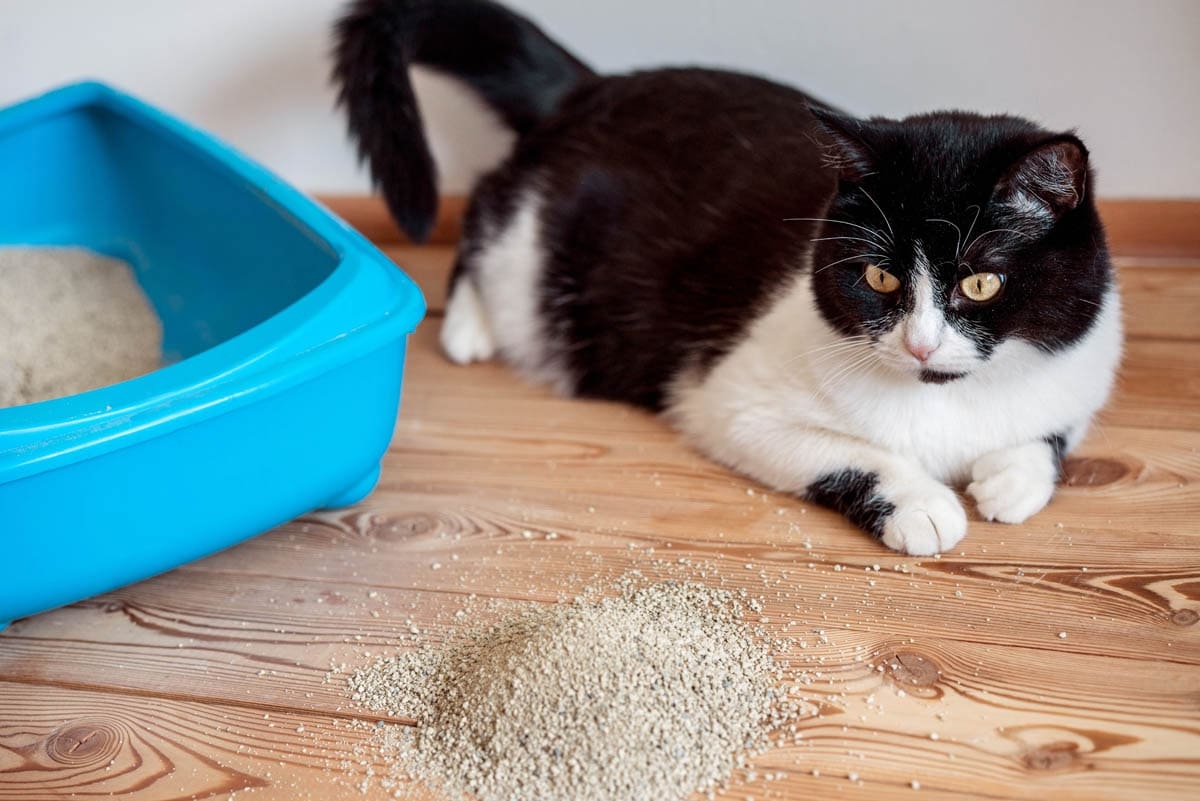
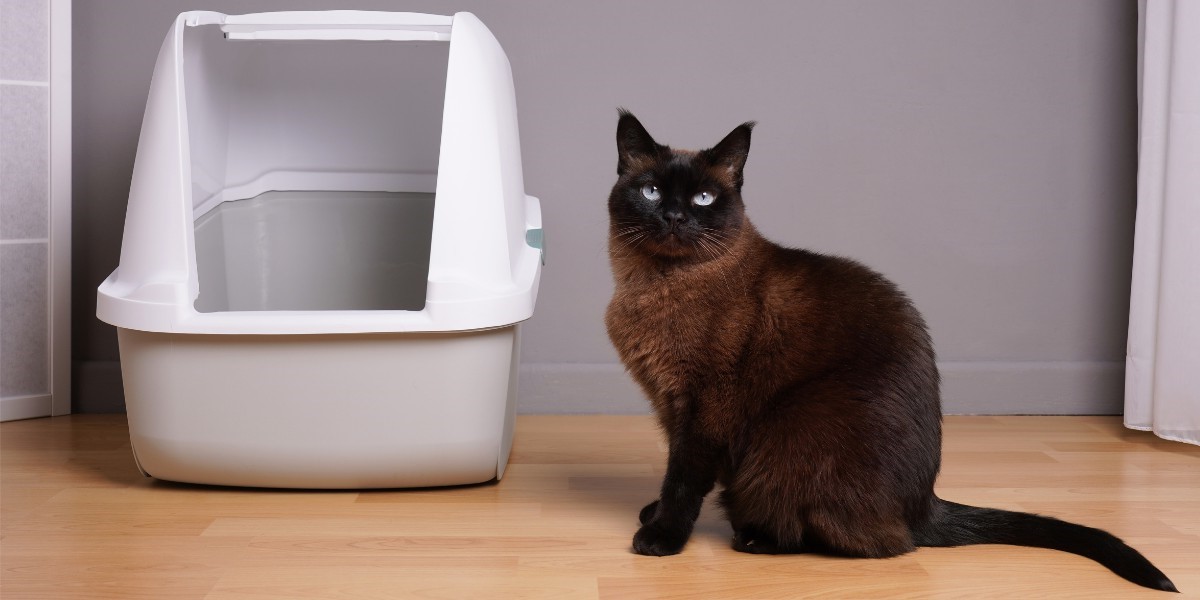
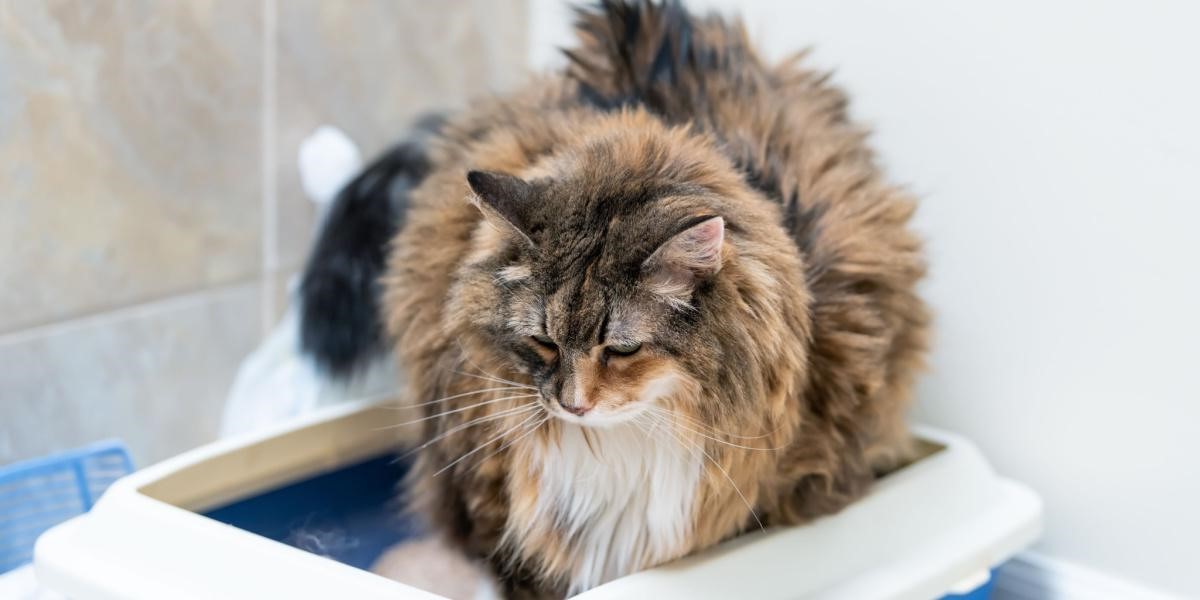
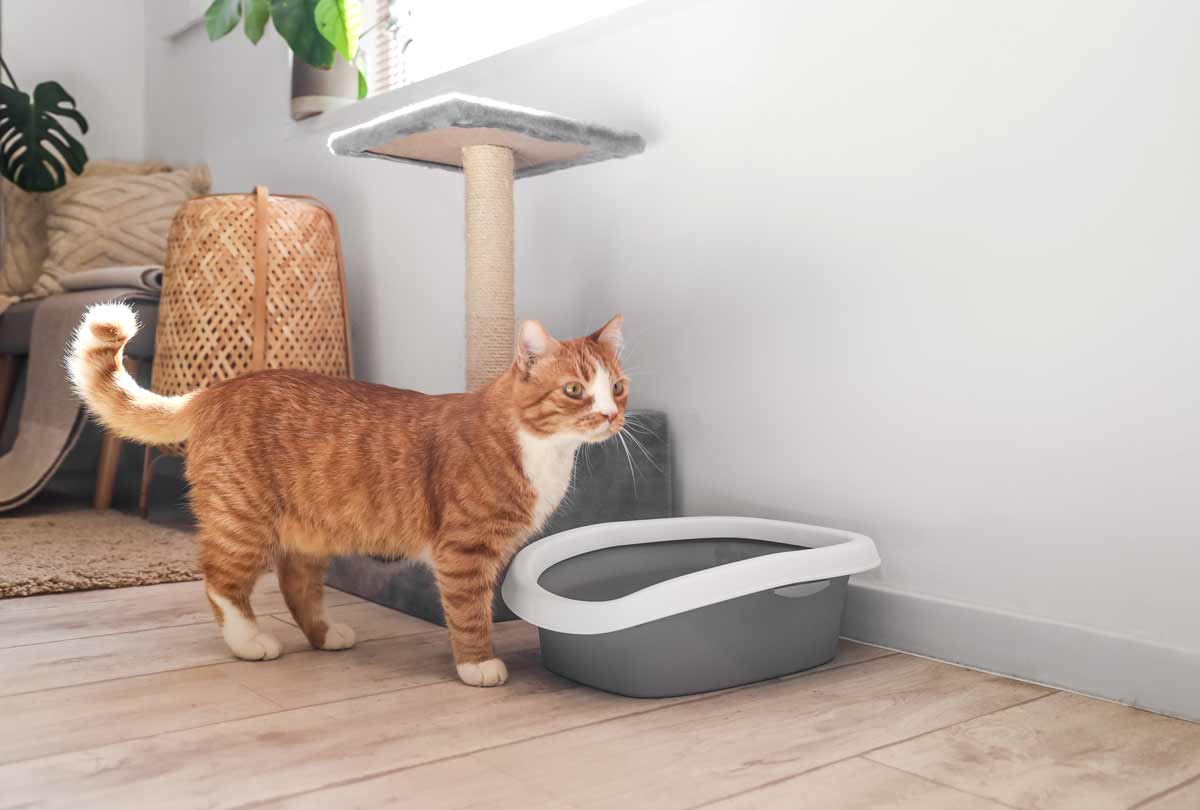
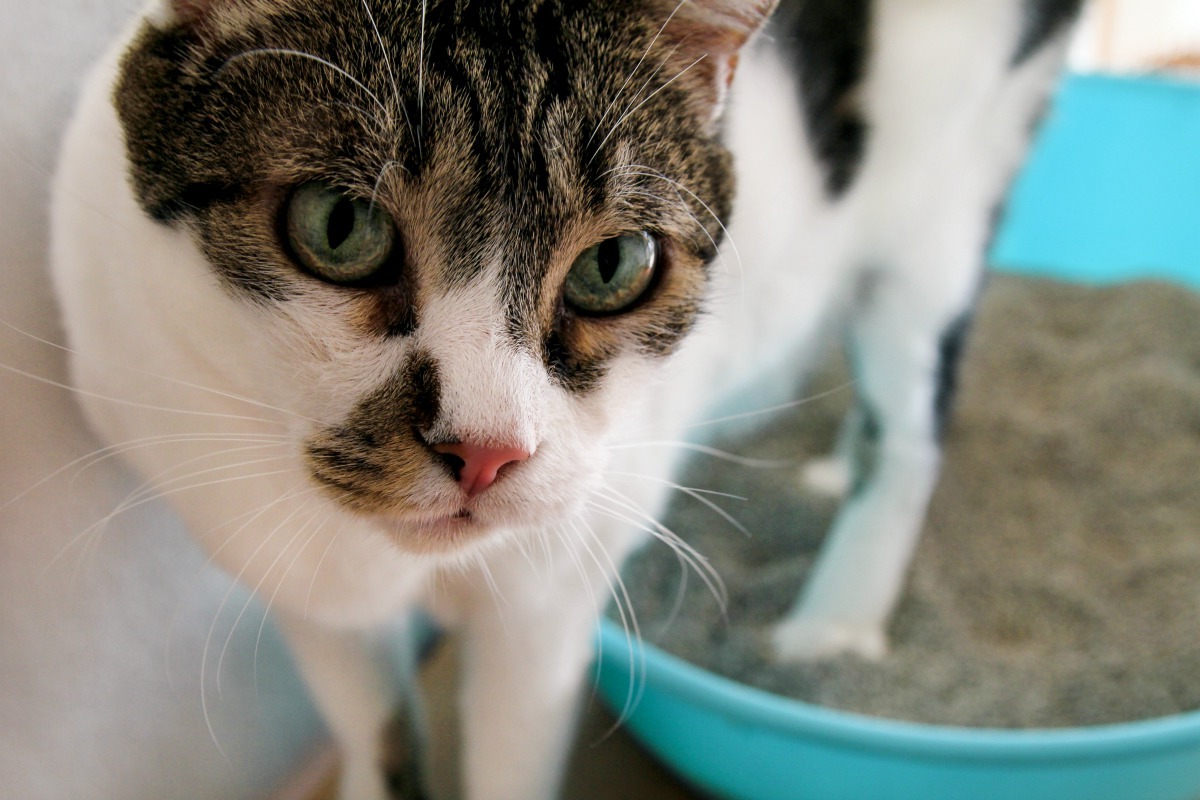
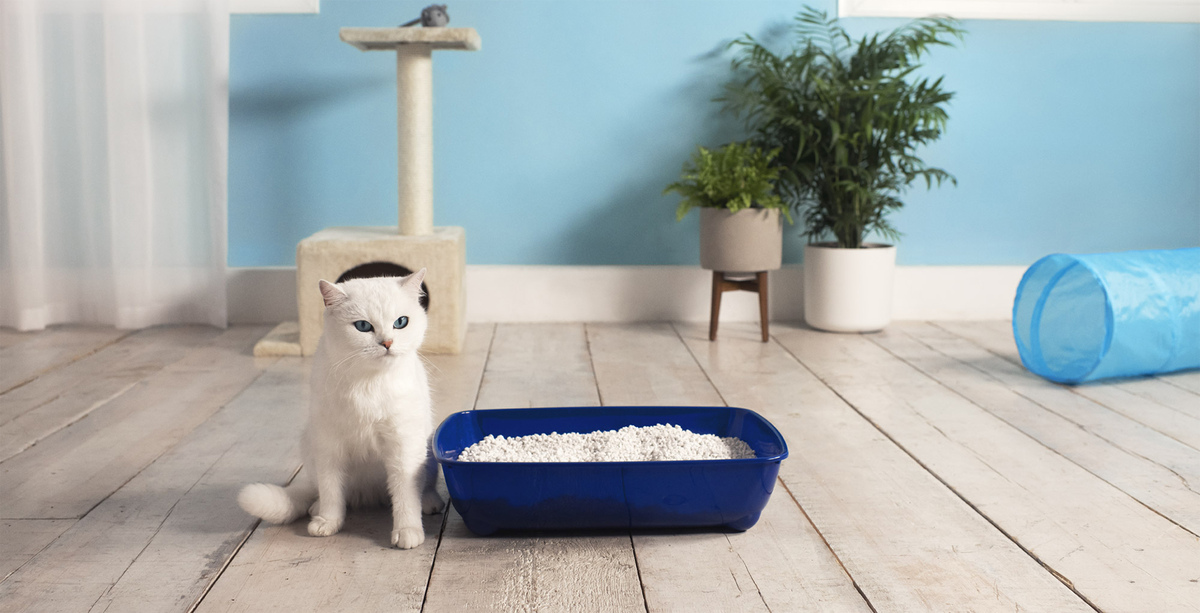
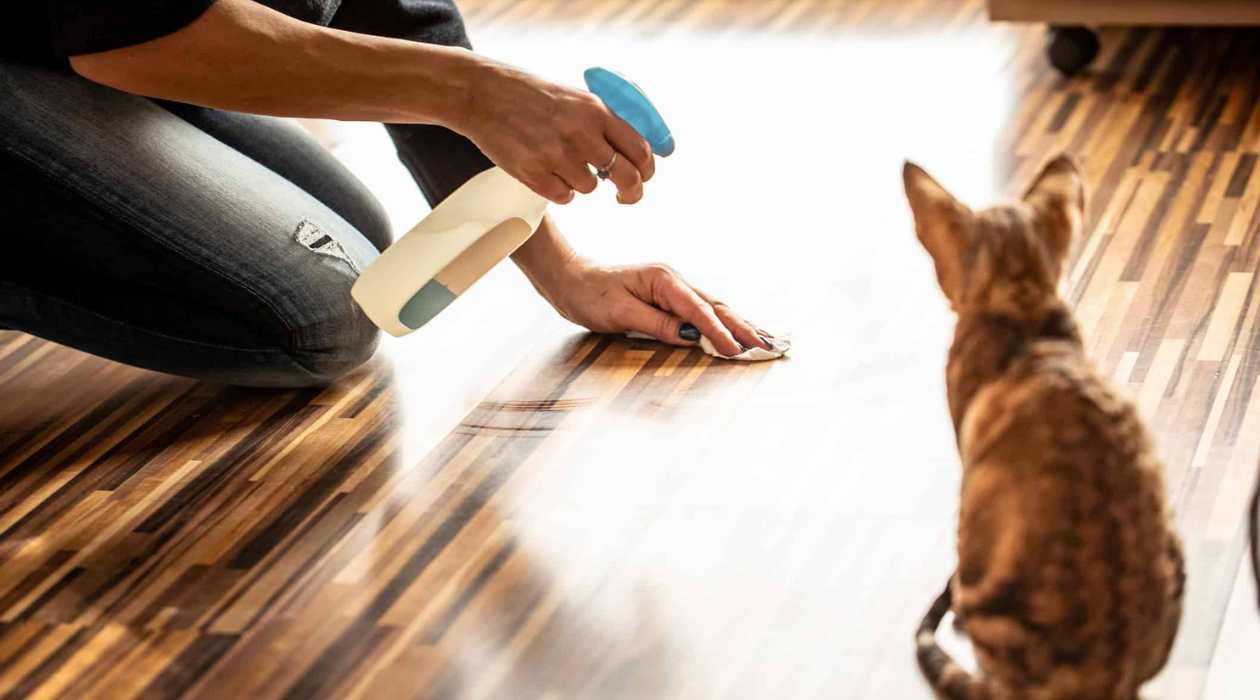
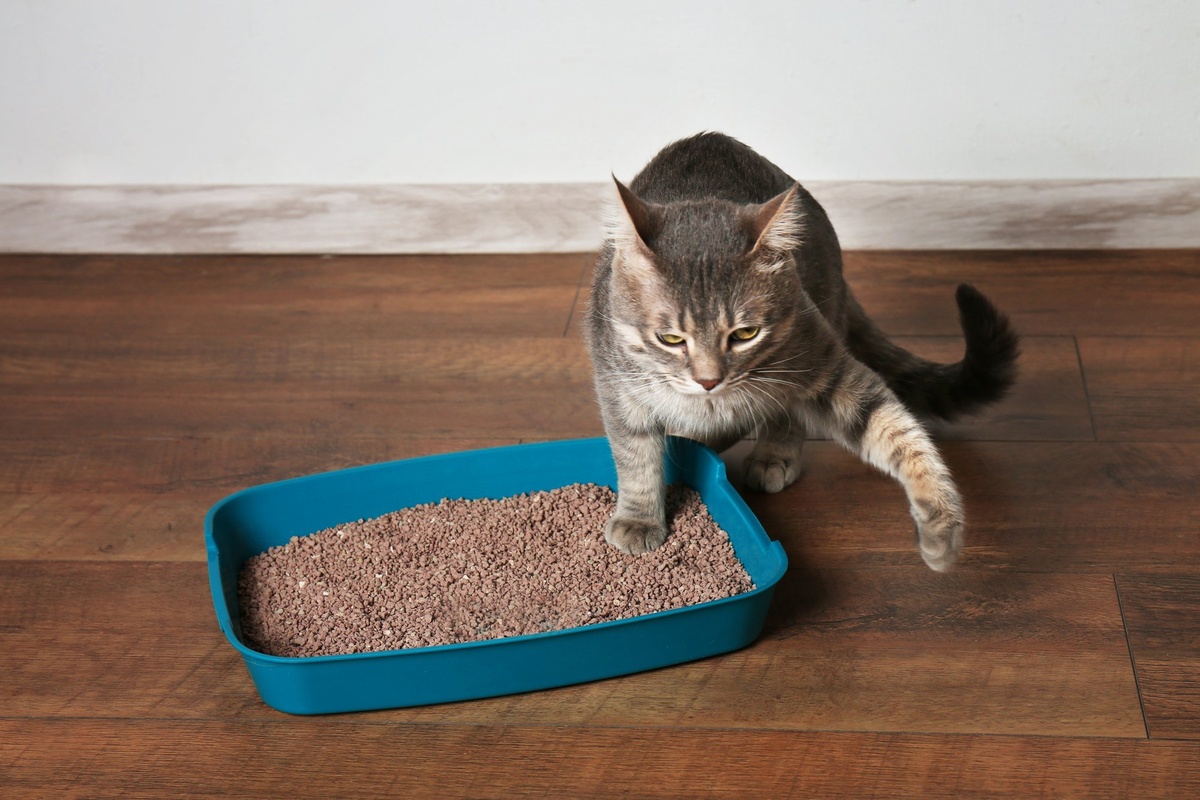
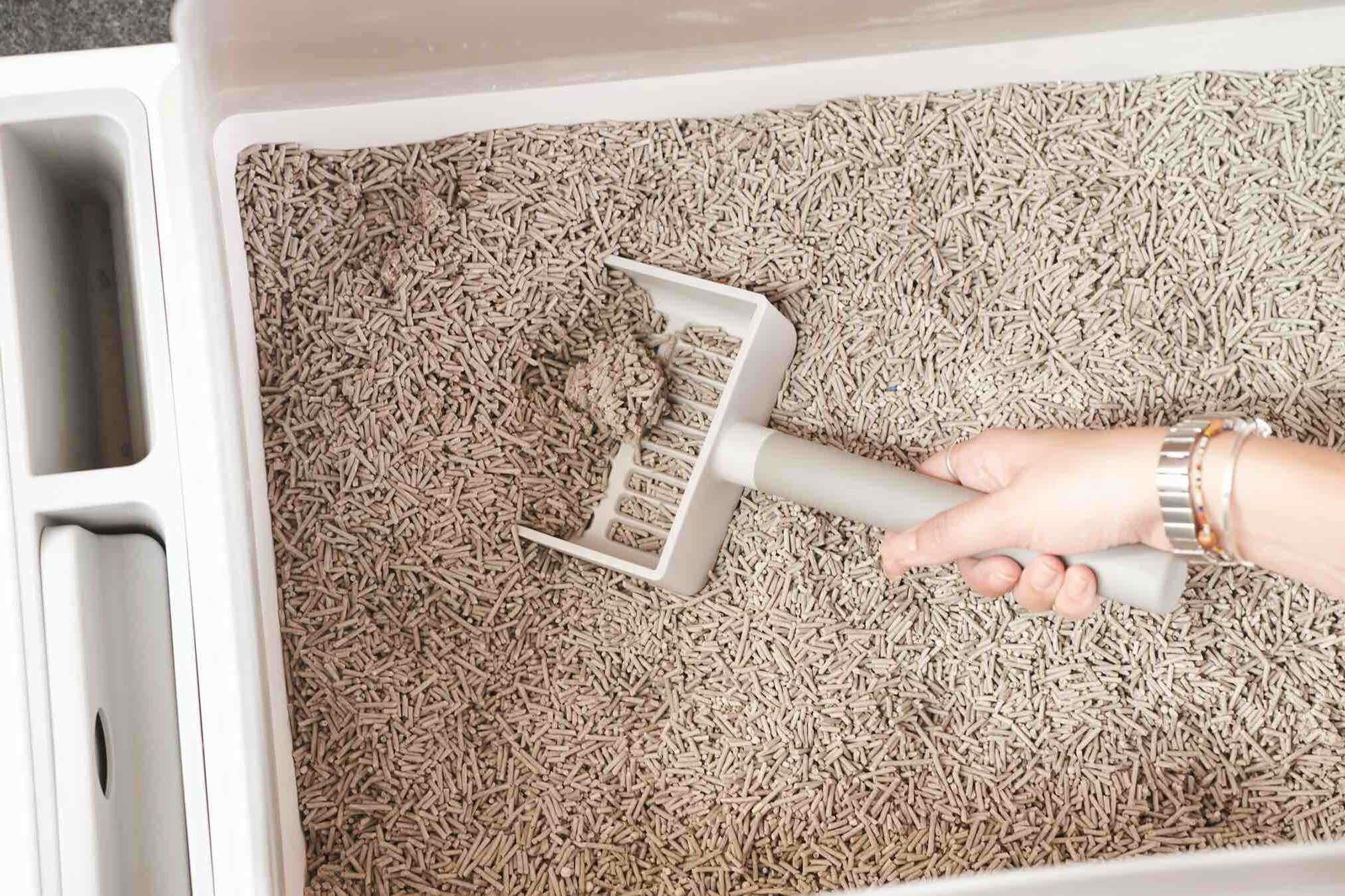

0 thoughts on “How To Keep Cat Pee From Sticking To A Litter Box”